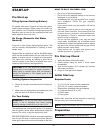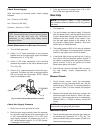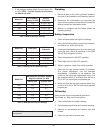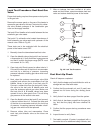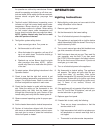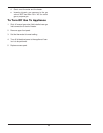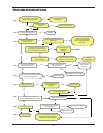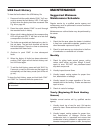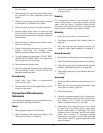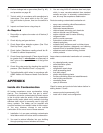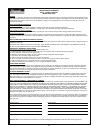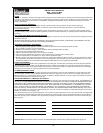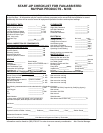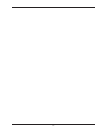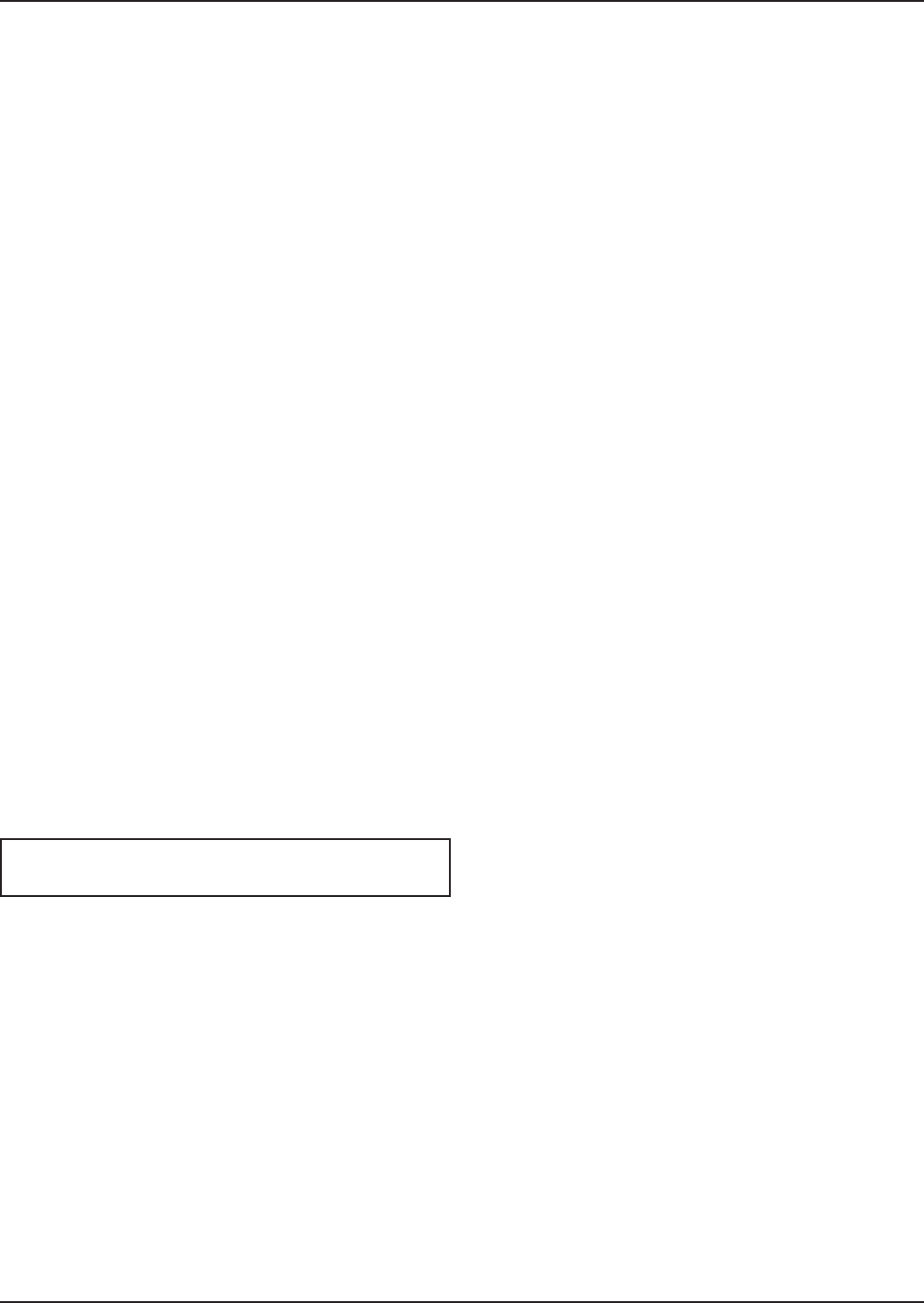
50
UDB Fault History
To view the fault codes in the UDB history file:
1. Press and hold the switch labeled “SW1” for 5 sec-
onds to access the fault history. LED 17 will begin
to flash when the history has been accessed. See
Fig. 44 on page 40.
2. Press the switch labeled “SW2” to scroll through
the recorded faults in history.
3. When a fault is being displayed, the corresponding
LED will light and LED 17 will flash at a rate that
corresponds to the fault number.
4. The faults are recorded and displayed on a last in,
first out basis. The last fault recorded will be the
first fault displayed. There is no time or date stamp
associated with these faults.
5. Continue to push “SW2” to view subsequent
faults.
6. When the history of faults has been exhausted,
pushing “SW2” again will roll the fault history over
and it will start again.
7. To exit the fault history, press and hold “SW1” for
5 seconds, or wait for 4 minutes and the board will
automatically exit the history mode (fault LEDs will
go out).
To clear the fault history, press and hold both “SW1”
and “SW2” for 5 seconds while the power is on.
NOTE: Once the history has been cleared, it cannot
be recovered.
MAINTENANCE
Suggested Minimum
Maintenance Schedule
Regular service by a qualified service agency and
maintenance must be performed to ensure maximum
operating efficiency.
Maintenance as outlined below may be performed by
the owner.
Daily
1. Check that the area where the heater is installed
is free from combustible materials, gasoline, and
other flammable vapors and liquids.
2. Check for and remove any obstruction to the flow
of combustion or ventilation air to heater.
Monthly
1. Check for piping leaks around pumps, mixing
valves, relief valves, and other fittings. If found,
repair at once. DO NOT use petroleum-based
stop-leak compounds.
2. Visually inspect burner flame.
3. Visually inspect venting system for proper func-
tion, deterioration or leakage.
4. Visually inspect for proper operation of the con-
densate drain in the venting. If leaks are observed
repair at once.
5. Check air vents for leakage.
Yearly (Beginning Of Each Heating
Season)
Schedule annual service call by qualified service
agency.
1. Visually check top of vent for soot. Call service
person to clean. Some sediment at bottom of vent
is normal.
2. Visually inspect venting system for proper func-
tion, deterioration or leakage. Ensure that
condensate drain is inspected and ensure that
condensate is being directed to appropriate con-
densate management system or drain, as required




